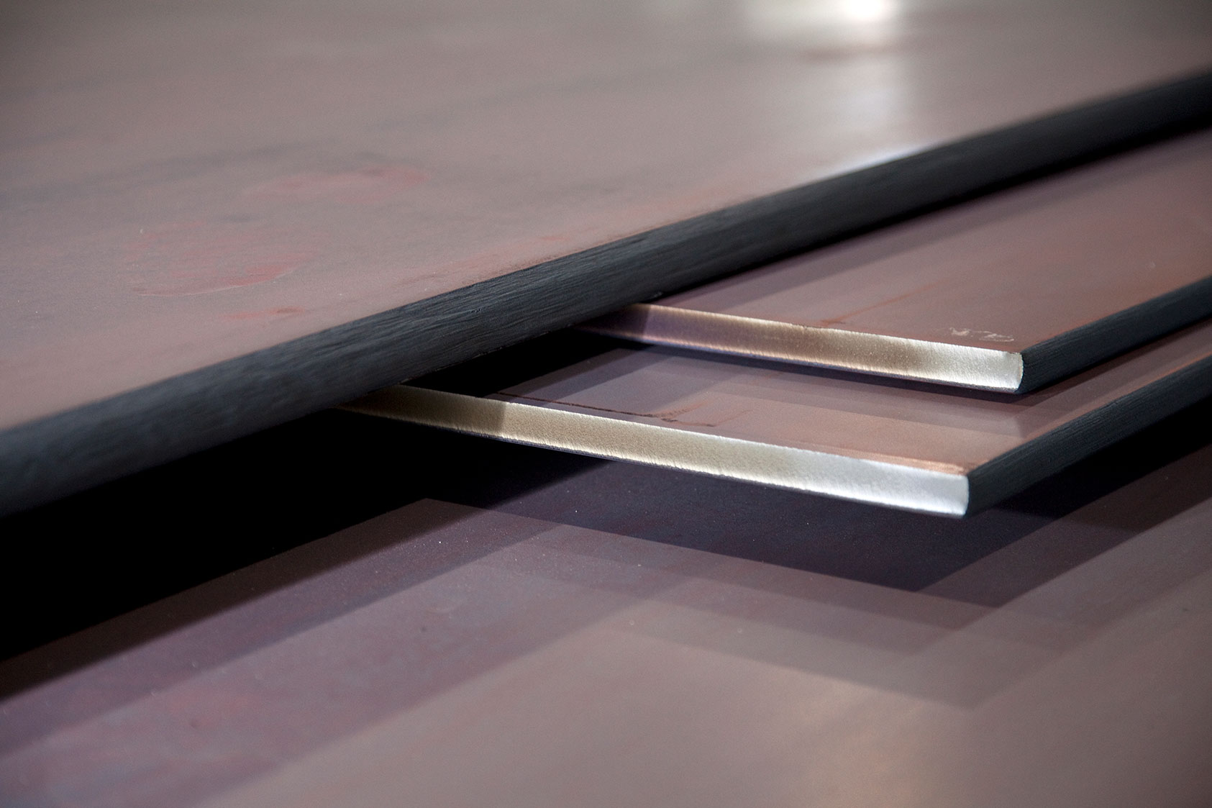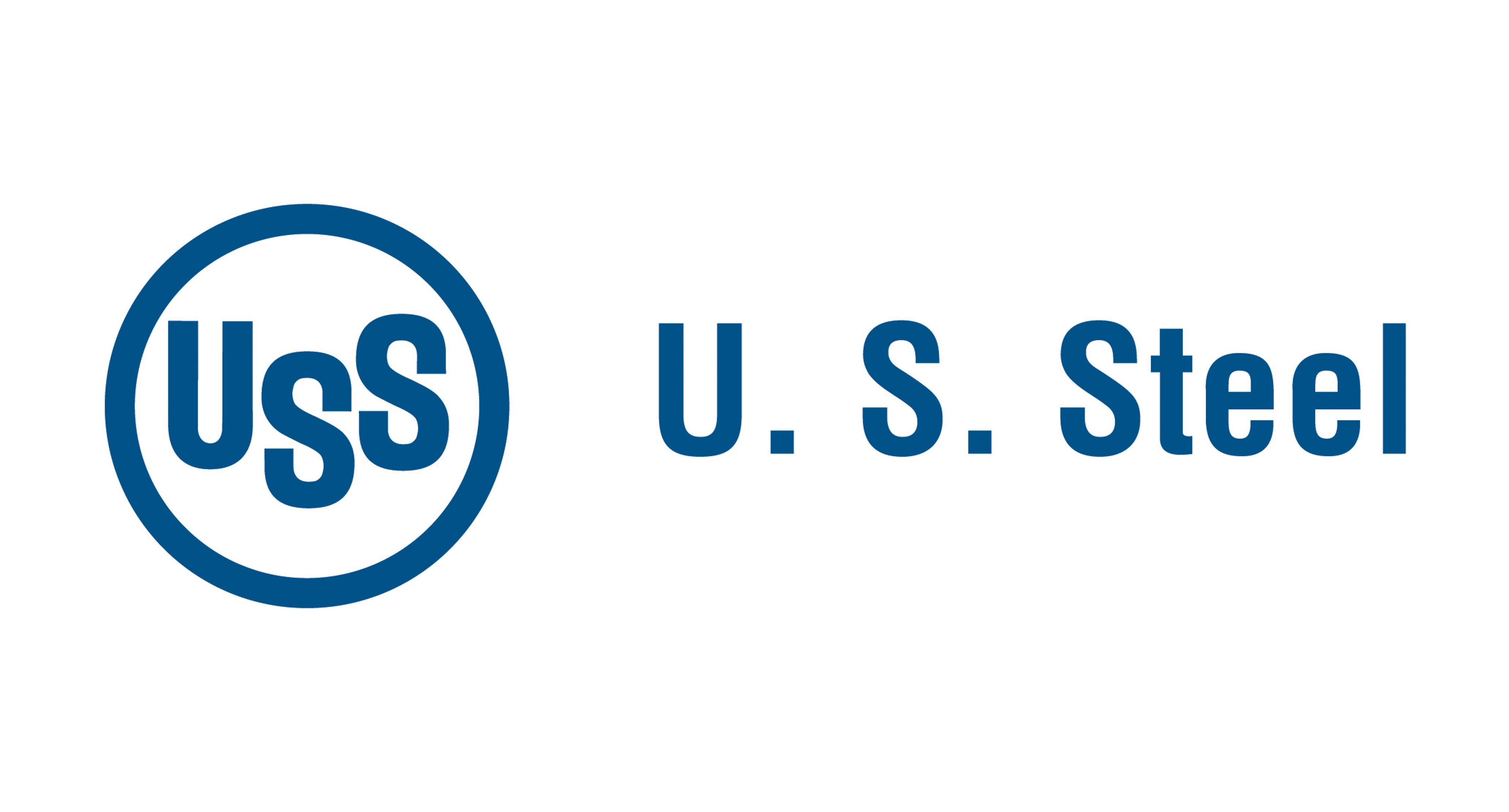Market Segment
July 31, 2025
ArcelorMittal: As tariffs slow global growth, Calvert could be a bright spot
Written by Michael Cowden
ArcelorMittal expects less demand growth across most of the markets it operates in, including the US, because of President Donald Trump’s tariffs.
But the Luxembourg-based steelmaker also thinks it stands to benefit from an increasingly regionalized world thanks to investments like the new EAF at its mill in Calvert, Ala.
Tariff (and China) headwinds
“Due to ongoing tariff headwinds, economic activity remains subdued; no restocking has been observed as customers maintain a ‘wait-and-see’ approach,” ArcelorMittal said in outlook comments released with second-quarter earnings data on Thursday.
“This has created some headwinds to demand that were not anticipated at the beginning of the year, concentrated in the United States,” the company added.
In the US, apparent steel consumption of flat-rolled steel is expected to decline slightly (-2.0% to 0%) in 2025. ArcelorMittal had forecast growth (1% – 3%) at the beginning of the year.
“Section 232 tariffs have also increased costs and negatively impacted the supply/demand balance in Canada and Mexico markets,” the company said.
In the rest of the world, excluding China, ArcelorMittal expects apparent steel consumption to increase by 1.5-2.5% in 2025. That’s down from guidance of 2.5-3.5% growth provided at the beginning of the year.
The steelmaker also pinned some of the blame on excess steelmaking capacity in China: “China’s steel industry capacity remains unsustainable, and its elevated exports continue to weigh on ex-China fundamentals.”
By the numbers
All told, ArcelorMittal recorded net income of $1.79 billion in the second quarter of 2025, more than triple the $504 million the company earned in Q2’24.
The jump in profits came despite sales slipping to $15.9 billion in Q2’25, down 1.9% from $16.2 billion in Q2’24. The company also shipped fewer tons: 13.8 million metric tons (mt) in Q2’25, slightly less than 13.9 million mt in Q2’24.
The reason? Benefits from “exceptional” items, such as a $1.7-billion gain the company recorded on the assessed fair value of ArcelorMittal Calvert. That assessment occurred after Nippon Steel’s sold its 50% stake in the mill following its acquisition of U.S. Steel on June 18.
The Japanese steelmaker said in 2024 that it would sell its stake in Calvert if the deal closed.
Earnings for ArcelorMittal’s North American operations, however, fell. In North America, the company recorded Q2’25 earnings before interest, taxes, depreciation and amortization (Ebitda) of $258 million, down nearly 45% from $467 million in Q2’24 on sales that slipped approximately 2% to $3.1 billion.
The company’s North American steel shipments weighed in at 2,531,00 mt in Q2’25, up 2.6% from 2,643,000 mt in Q2’24. But average selling prices fell to $1,002/mt in Q2’25, down 3.7% from $902/mt in Q4’25.
Lower sales stemmed partly from an unplanned outage in Mexico. The outage cost approximately $40 million and resulted in a significant drop in Mexican shipment volumes. They also stemmed from “weaker apparent demand” and from Section 232 tariffs that forced “additional costs on the business,” the company said.
Note that the US lifted Section 232 tariffs of 25% on Mexican and Canadian steel in May 2019. Trump re-imposed the 25% Section tariff in March and then doubled it to 50% on June 4.
Calvert, a rising star
But ArcelorMittal said it could benefit from the regionalization of the steel market going forward. And company CEO Aditya Mittal pointed to Calvert as an example of that.
“Our primary focus is always to meet the requirements of the domestic markets, and our ability to produce high-quality melted and poured steel in the US was strengthened in the quarter as we took full ownership of Calvert,” he said.
“We have transformed Calvert from an advanced finishing operation into a low-carbon steelmaking facility capable of producing the high-quality steels for all customer segments, including automotive,” he added.
Calvert has commissioned an electric-arc furnace (EAF) with capacity 1.5 million mt per year. The EAF produced its first slabs in June, is ramping up now, and is expected to reach full capacity in mid-2026, ArcelorMittal said.
The company said it had also signed a seven-year slab agreement with Nippon Steel and U.S. Steel. The deal will secure it additional material that complies with domestic “melted and poured” requirements.
Calvert has a slab supply agreement with Cleveland-Cliffs. That agreement expires on Dec. 9. Cliffs said the agreement had become “onerous” because it was linked to Brazilian slab prices.
Brazilian slab prices haven’t tracked with US hot-rolled coil prices since the imposition of across-the-board Section 232 tariffs. Brazilian steel, including slab, had before March been subject to a quota rather than a tariff.
ArcelorMittal also noted that it plans to spend $230 million to build a plant at Calvert capable making 150,000 mt per year of non-grain-oriented electrical steel (NOES). Electrical steels are critical to EV production. The company said it would complete the facility in the second half of 2027.
A brief history
Recall that ArcelorMittal and Nippon Steel bought Calvert in 2015 from German steelmaker ThyssenKrupp for $1.55 billion. The mill at that point relied almost entirely on imported slab, mostly from a sister company Brazil.
ThyssenKrupp had spent $5 billion to build Calvert, which makes hot-rolled, cold-rolled, and coated products. Its products including material for exposed automotive applications, one of the most demanding steel products.







